Photos by Jonathan Sharp
The Heveningham Concours has a bit of everything but aside from cars, it always attracts a good entry of propeller-driven airplanes. Last week our man in the UK Jonathan Sharp presented a few of the cars in the show, and this week he continues with cars, then a selection of dramatic night shots, and finally a few of the more interesting aircraft, such as a Messerschmidt built by Hispano Aviacion with a Rolls-Royce Merlin engine! We needn’t apologize for Jonathan’s excursions into the air – we always wondered where they got all the planes for the movie “The Battle of Britain”.
Information provided by owners.
Cars in Daylight
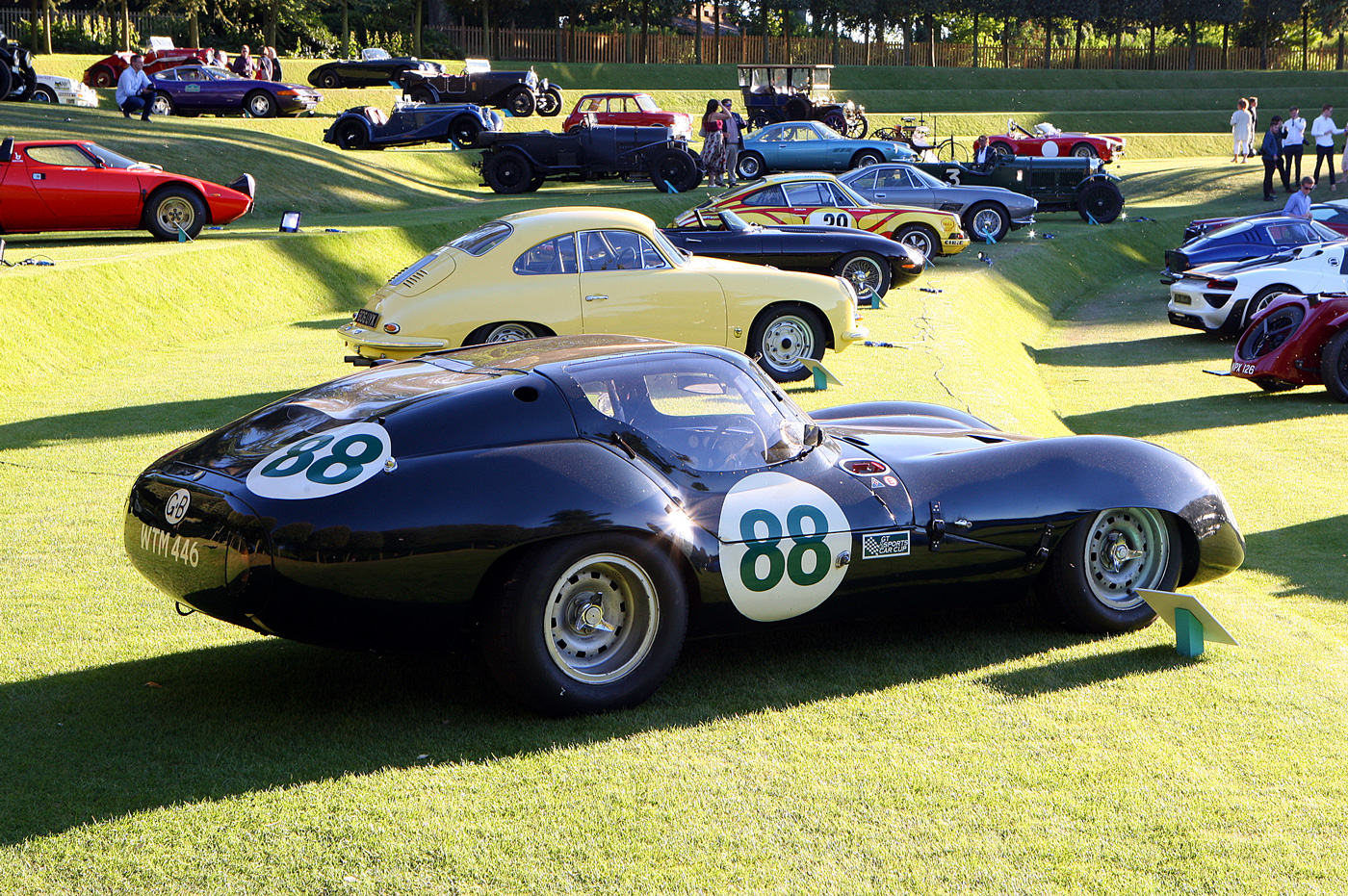
Brian Lister’s spaceframe coupe, so unlike the other cars to emerge from his workshop in Cambridge, was purchased by Le Mans veterans Sargent and Lumsden. Recognizing that aerodynamics played an important part in top speed on the Mulsanne straight they asked Frank Costin to cloth the spaceframe into a low drag coupe. Power came from a fuel injected 3.8 Liter Jaguar engine. Lumsden was lying in 16th place when the clutch failed.
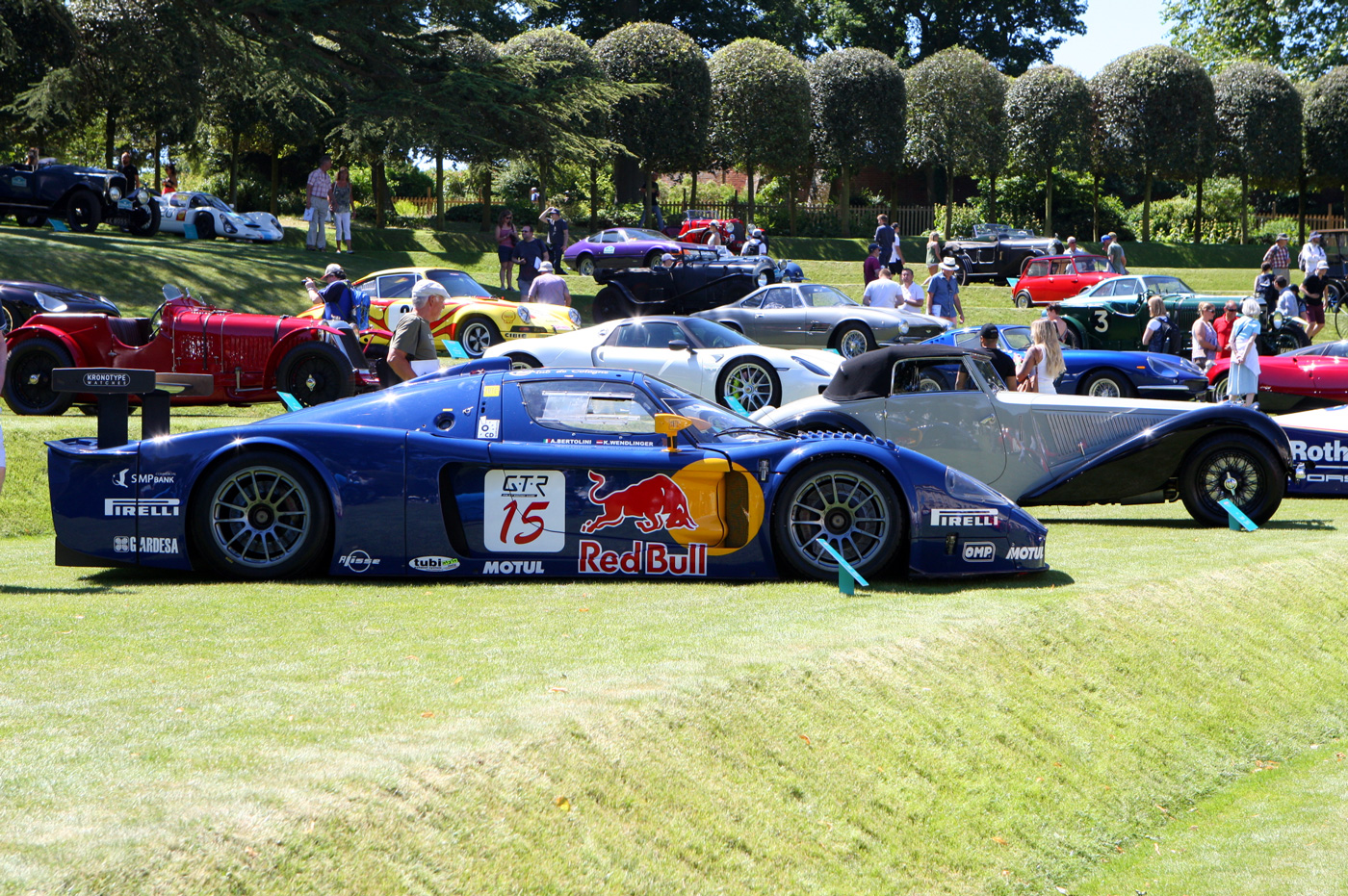
Maserati completed three MC12 GT1 cars for the 2004 FIA GT1 class. The AF Corsa factory team debuted the car at the Imola round taking second and third place though the FIA did not allow the car to score points in the championship due to homologation issues. The next round at Oschersleben the MC12 of Andrea Bertolini and Mika Salo took victory. The FIA finally agreed to allow the car to score points at the final round of the championship at Zhuhai in which the team took first place, finishing 7th in the championship. In 2005 Maserati won the championship with 239 points. The second place team being Ferrari with 125 points.

This example of the Maserati T26S, chassis 2518 was one of two imported to the UK during the winter of 1930/31 by well known British based racing personality Edgar Fronteras on behalf of Mr Max Morris’s RAG Patents Ltd (RAG Carburettors). . After various events the cars were prepared for a trip to Dublin for the Eireann Cup race which was a race of great significance to Max Morris’ Irish backer. Works driver Campari was assigned to drive 2518 who was harrying Sir Henry Birkin’s Alfa 8C 2300 for the lead when Birkin ran wide showering Campari with mud and stones, one of which broke Campari’s goggles splintering glass into his eye. Ramponi, who was on refueling duties took over the car. After medical attention Campari was becoming more and more impatient to resume his battle with Sir Henry. One account describes Campari as being almost in the middle of the track waving down Ramponi and as he came in the one-eyed giant leaped in and set of like a tornado in pursuit. He nearly made it, finishing second.
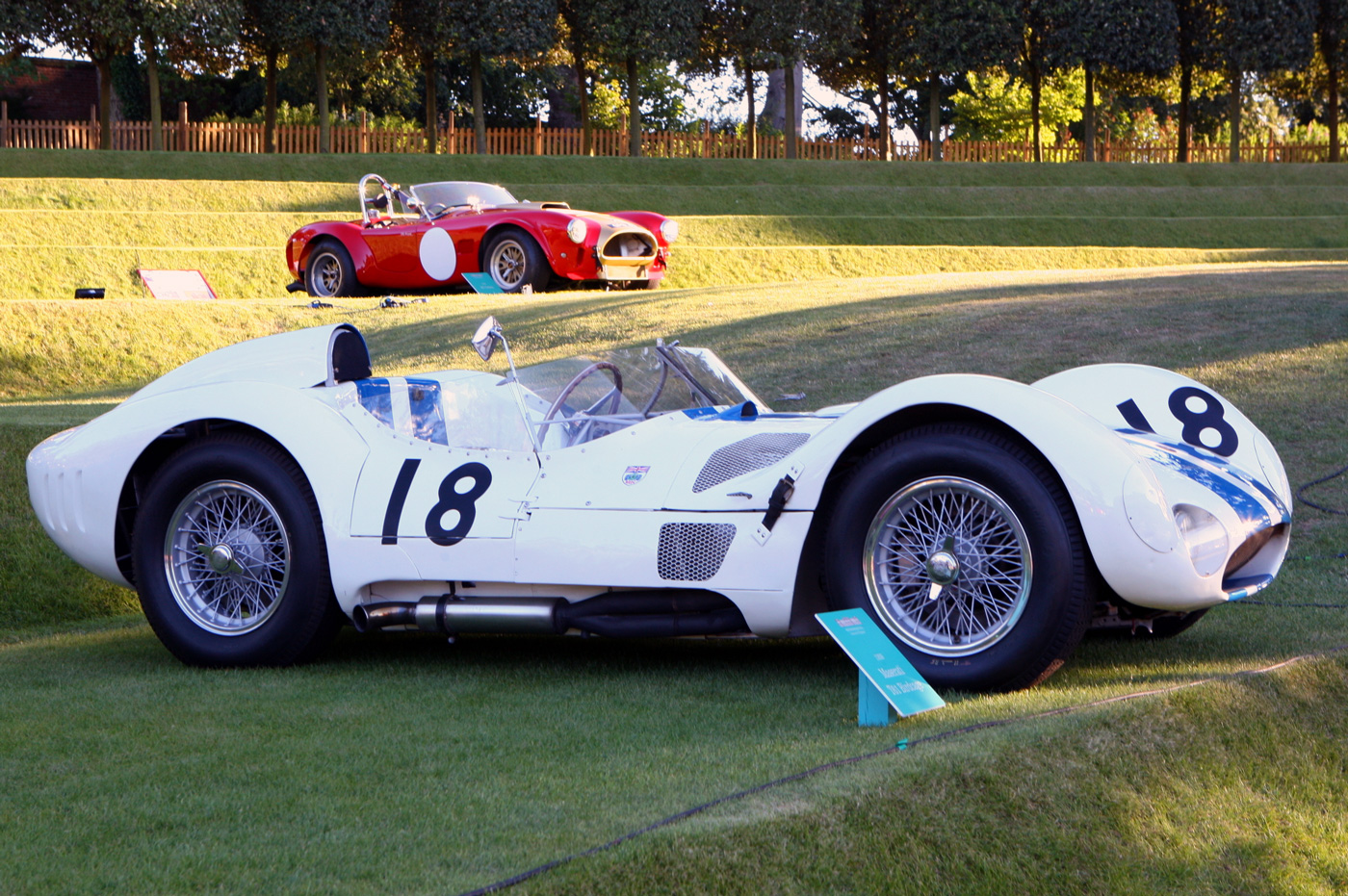
Nick Mason’s Maserati T61 chassis 2457 shown here was built new with the 2.9 liter engine whereas many other T61s were 2.0 Liter T60s refitted with the larger engine. Nicks being the last T61 built in the first batch being completed in 1959. The original owner, Kentucky based enthusiast Dave Causey had the tail modified to soften the rear deck and entered it in the Sebring 12 hour race where it had been running in third place before being forced out by gearbox trouble.
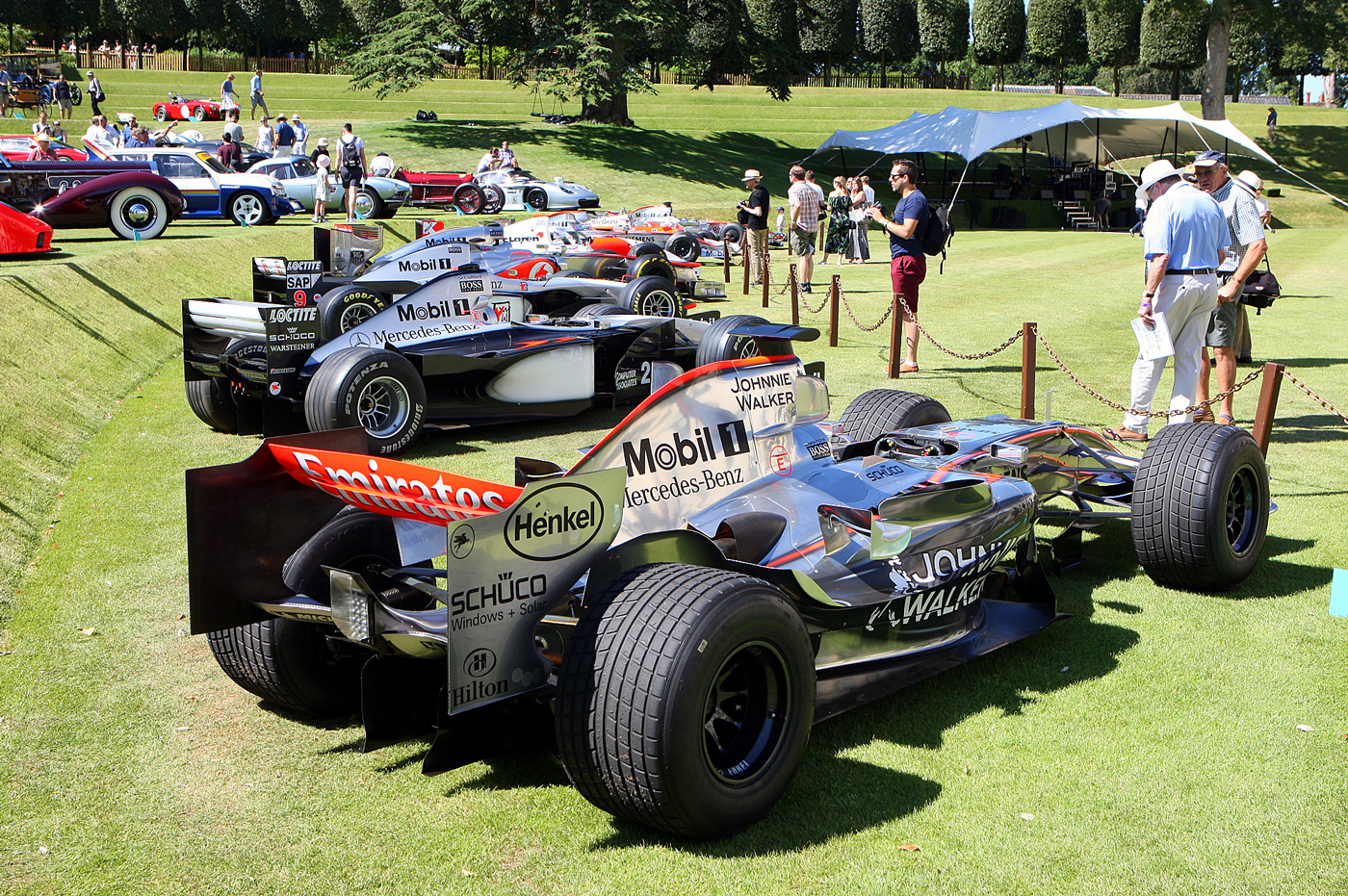
In addition to the main Concours entrants Heveningham Hall also displayed,courtesy of McLaren, a fine line up of their F1 Grand Prix single seaters as driven by Mika Hakkinen, David Coulthard, Jenson Button, Lewis Hamilton and the late Ayrton Senna. The cars dating from the 1993 MP4-8 which took Senna to five victories to the 2012 MP4-27 which was victories in seven Grand Prix in the hands of Jenson and Lewis. Also in the line up is the 1977 M26 in which James Hunt took his last victory in Japan. The car was also driven by Jochan Mass and Patrick Tambay.
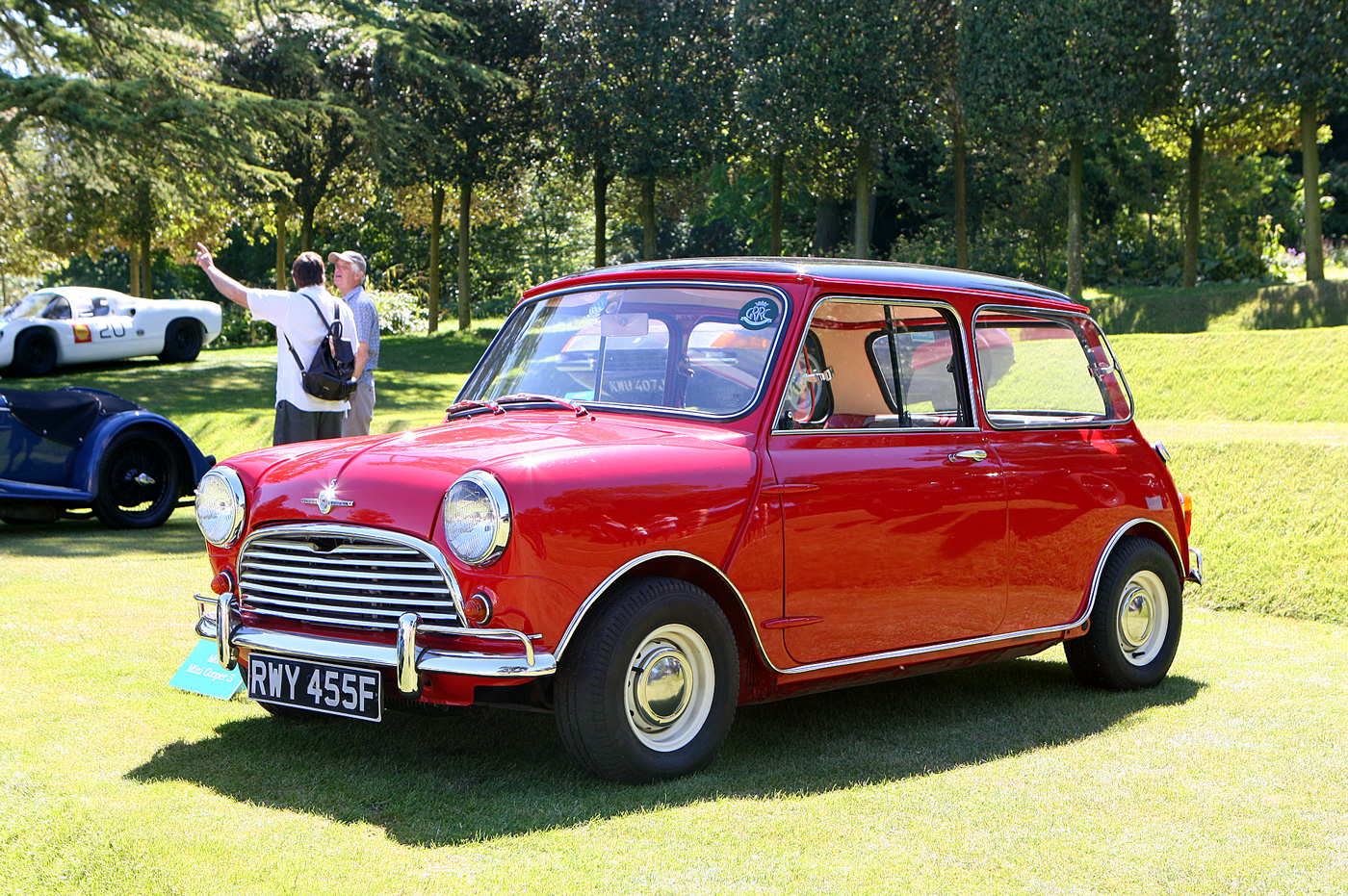
RWY455F, a Morris Mini Cooper S, was first registered in Bristol on the 8th August 1968, fitted with the rare factory fitted reclining sports front seats. Passing through the hands of a small number of owners the car was subjected to a full restoration in the late 1990s. The current owner obtained the car in 2000.
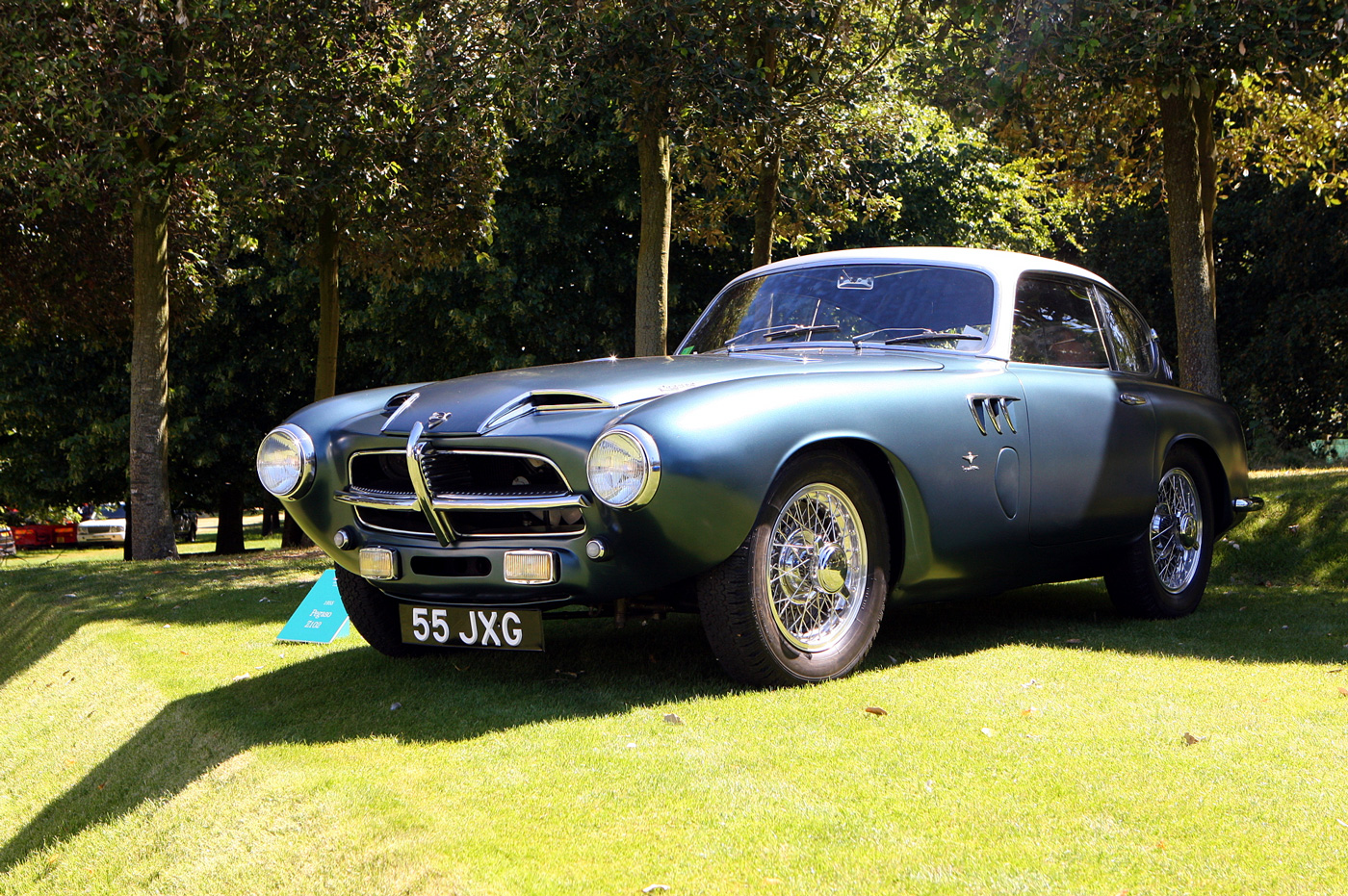
This 1955 Pegaso Z102 chassis 67 is one of four series 2 cars built in right hand drive. Of the 86 Pegasos built between 1951 and 1956, 23 were fitted with the all-aluminum Superleggera coupe design by Carrozzeria Touring. Having never been restored this matching numbers car is in lovely original condition. Initially supplied by the local distributor Urra SA to a wealthy associate of General Franco in Pamplona and registered as NA 11-095, by the early 1960s it had passed into the ownership of Alejandro Espino of Palencia, a well known racing driver who entered the car in the 1961 Rally RACE a prestigious Spanish road race similar to the Millie Miglia.

Finished in Condor Yellow this 1960 Porsche 356B Super 90 GT is believed to be one of only six examples built. GT cars used aluminum wheels and body panels, a light weight interior and plexiglass windows which saved 90kg of weight over the standard model. This example, chassis 110856 was also supplied with an 80 liter fuel tank and headlight stone guard. In June of 1960 110856 started her racing career. In the hands of Ben Pon she finished second overall at St Eugene in Canada. Several more podiums and class wins followed.Prior to display at Heveningham the Yellow Carrera had just competed in the Modena Centro Ore event.
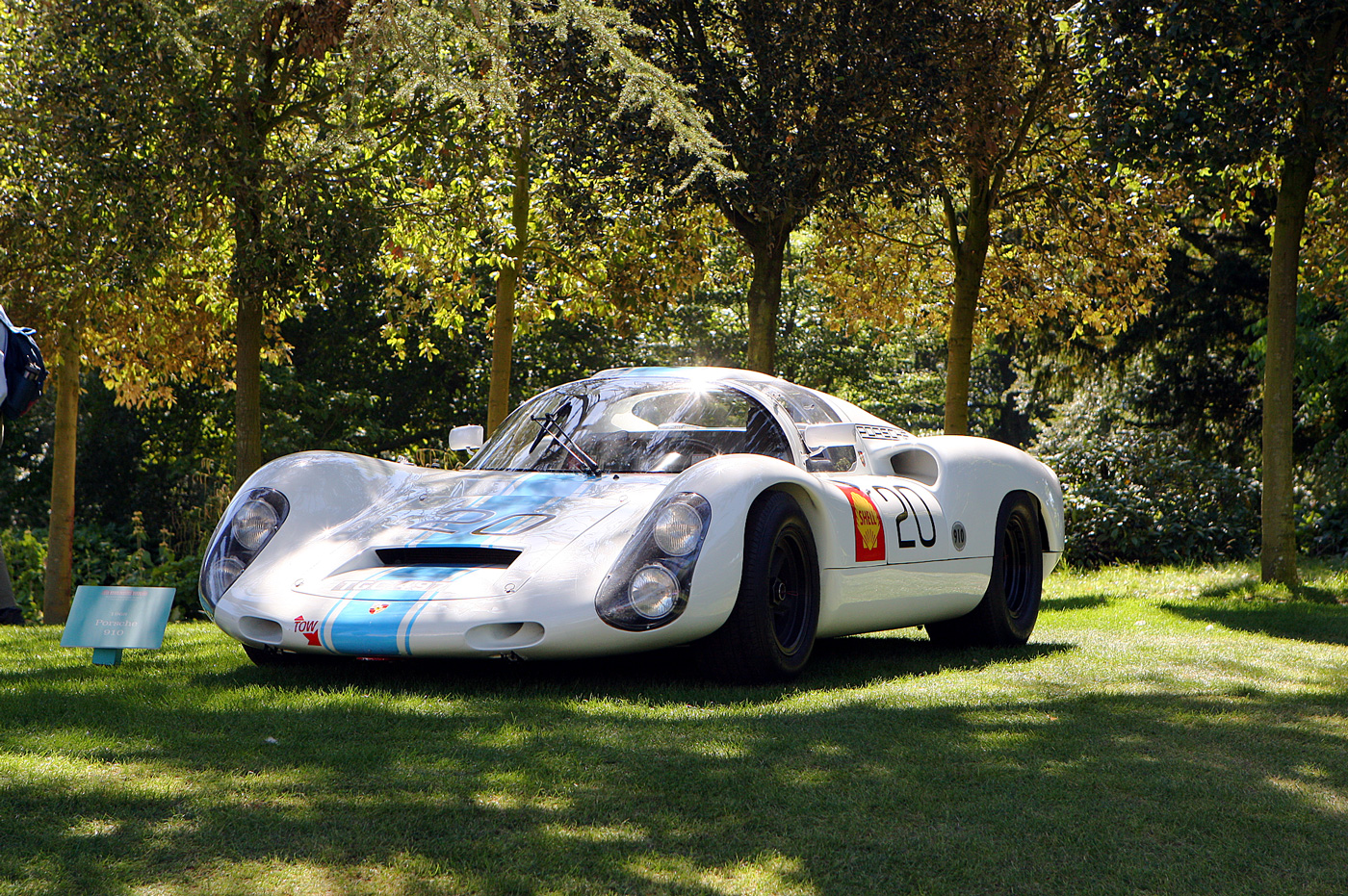
This 1968 Porsche 910, or Carrera 10 chassis 910-020, one of only 29 built, was supplied to Bill Bradley Racing who raced with some success at Hockenheim, Slverstone, Brands Hatch and the Nurburgring during the 1968 and 69 season. Bill then kept the car for a further 30 years. The current owner acquired the car seven years ago.
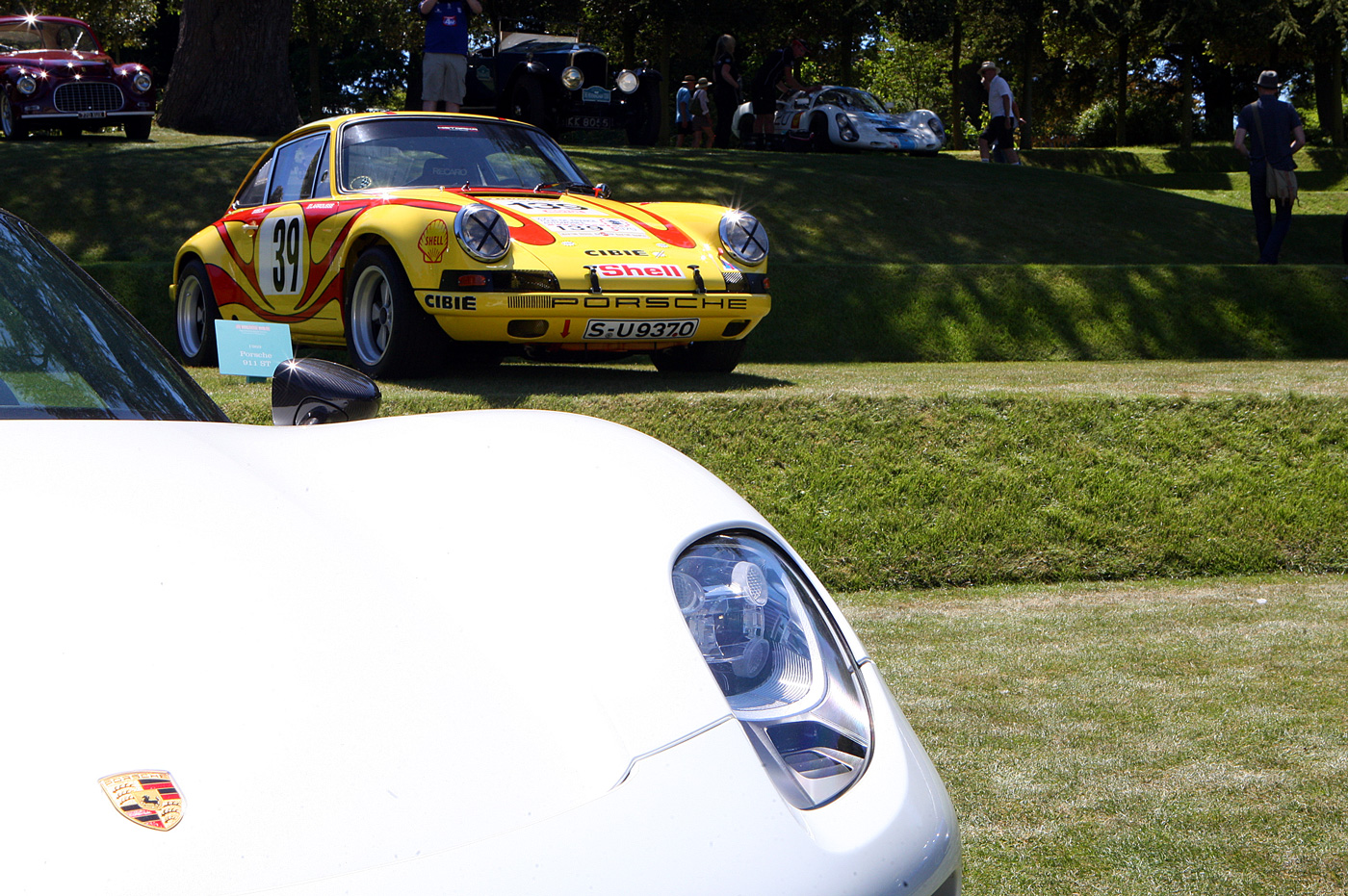
In the hands of Gerard Larrousse this 1970 Porsche 911 S/T finished third overall in that year’s Tour de France. One of seven works 911s built for the 1970 season this chassis is considered to be the lightest 911 built by the factory. All panels were fiberglass rather than steel. Everything that could be drilled to add lightness was drilled. Whilst listed as an S/T the car is a one off being fitted with many 911 R parts.
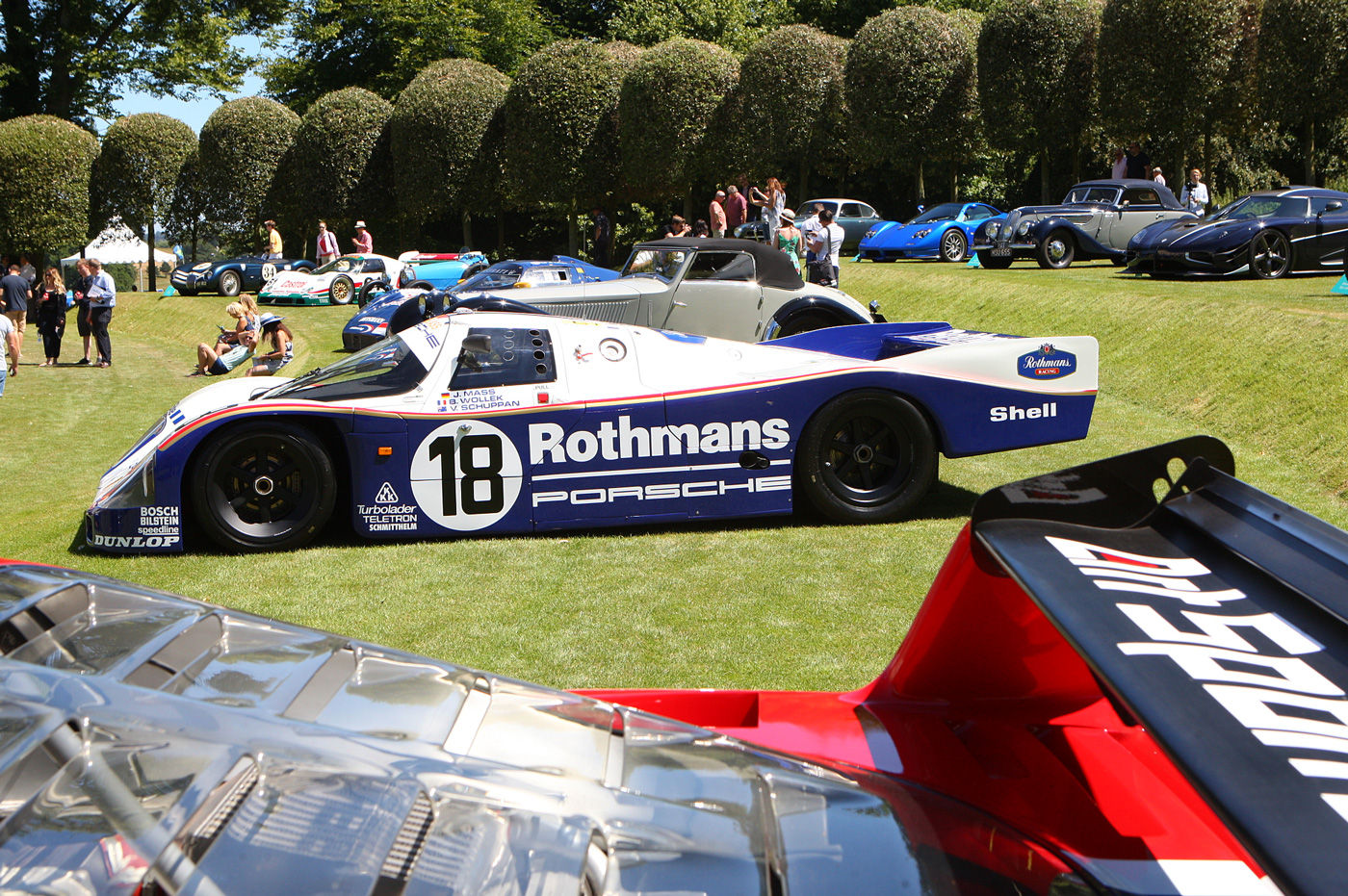
1987 Porsche 962 chassis 008 was one of two lightweight cars built for the 1987 season during which Derek Bell and Hans Stuck scored four podium finishes. Rebuilt for the 1988 season, and run in the works Shell/Dunlop colours, the Andretti family, Mario, Michael and Jeff ran the car at Le Mans running as high as second but sixth place was to be the final result. Following Le Mans chassis 008 traveled to Fuji for the 1000km earning a podium finish. This was to be 008’s last race as a works entry.
The Sprite was the final sports car built by Riley prior to being bought by Morris Motors in February 1938. This example, BCR810 also dates from 1938. The first owners were the Lancashire Mill owning couple Tom and Kay Hague. They already owned another Sprite so they now had one each. BCR competed extensively both pre and post war at Brooklands, Prescott, Bo’ness Montlhery, La Turbie Hillclimb and many others. The current owner acquired the car from the Hague family in 1987 and continues to add to the cars competition history.
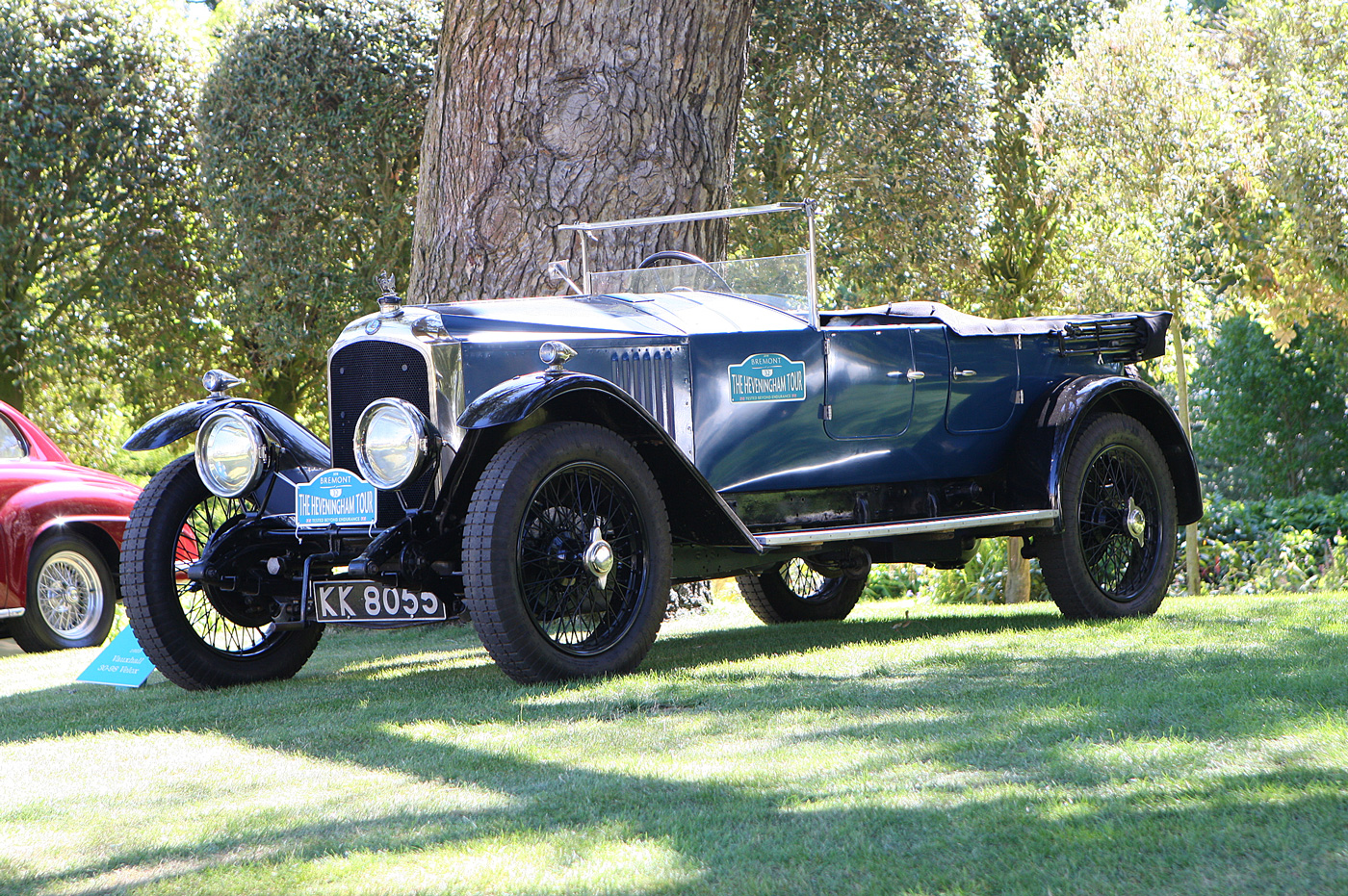
Raced extensively at Brooklands during the 1920s by Tate of Tate and Lyle Sugar this 1923 Vauxhall 30-98 Velox is now owned by Olivia Blakeney Edwards. The car continues to be campaigned vigorously to this day.
Night Shots
Aircraft
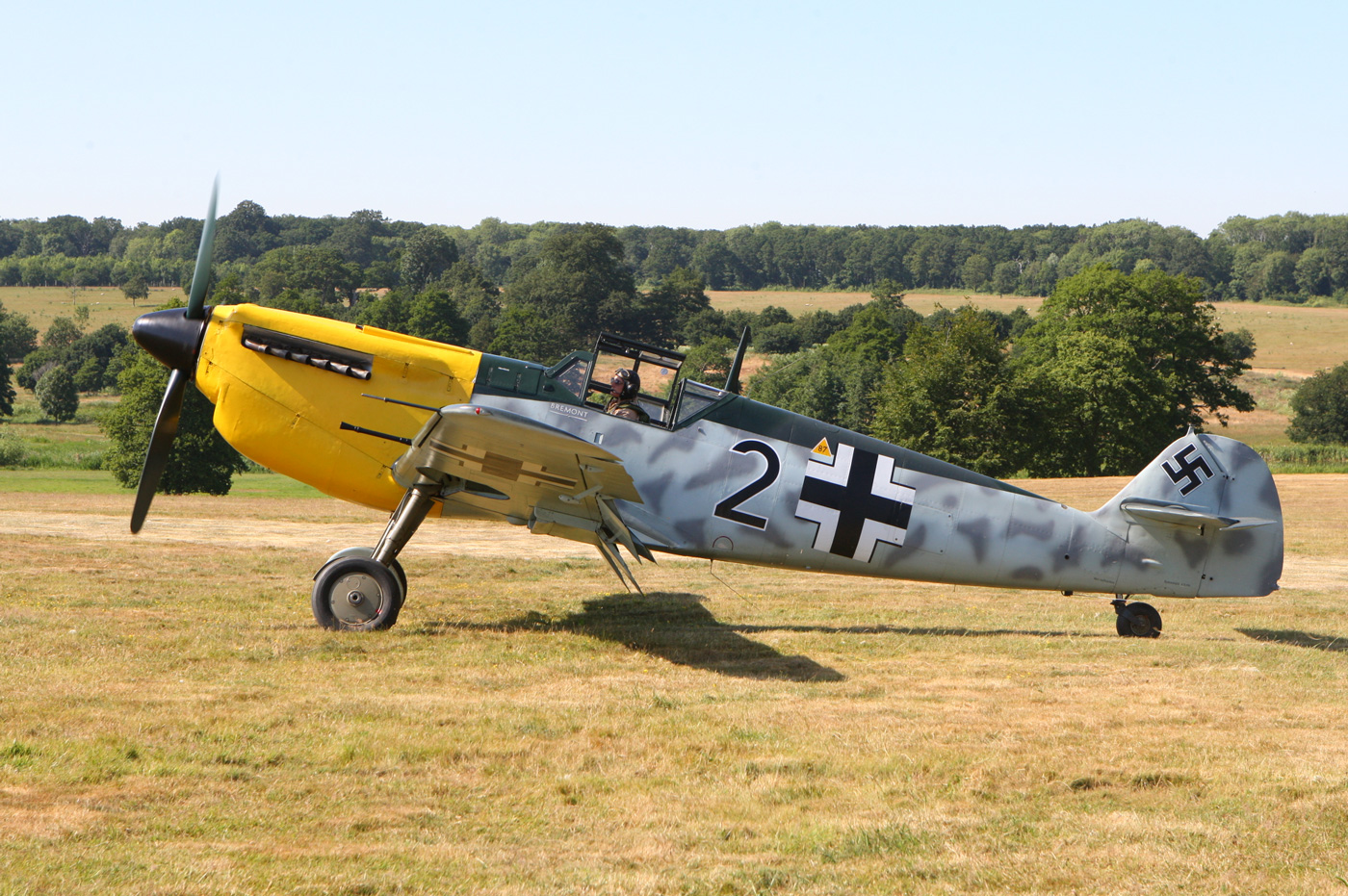
This aircraft looks suspiciously like a Messerschmitt BF109. That is because in essence it is. Following end of the Spanish Civil war the Luftwaffe manned Condor Legion left approximately 40 BF109B/Es for the Spanish air force to use. In 1943 the Spanish Government agreed to build 200 BF109G’s under license. Twenty-five dismantled air frames, less engines, propellers, tailplanes and armament, were dispatched to Spain in 1943 to be used a pattern aircraft for future production. As the war worsened for Germany Messerschmitt were unable to supply the missing components, drawings or jigs so by 1944 with the non-arrival of the components Hispano Aviacion modified the airframes and after testing two types of engine decided on fitting a French engine. By the 1950s relations with West had improved that in 1952 the two speed Rolls Royce Merlin 500-45 was sourced. Fitting a German airframe with a British engine proved to be very successful with the first prototype taking to the air on the 30th December 1954. This example was built by Hispano Aviacion in Seville in 1959 and was allocated airframe number 223. Her history whilst flown by the Spanish has not yet come to light. This aircraft was one of 27 purchased for use in the making of the film ‘The Battle of Britain’. Once the filming had been completed the 27 airframes were put up for sale. Now registered as G-AWHK she was one of eleven taken by Texas pilot and aircraft collector Wilson C Connie Edwards as payment for flying services during the making of the film. Shipped to his ranch she briefly flew as N-9938 before being put on static display by the Confederate Air Force. Acquired by the Old Flying Machine company she arrived at Duxford in 1996. Registered as G-BWUE she was then sold to the real aircraft company who fully rebuilt her to flying condition. She is now owned by Spitfire Ltd and flies in the markings (yellow 10) she wore during the making of the ‘Battle of Britain’.
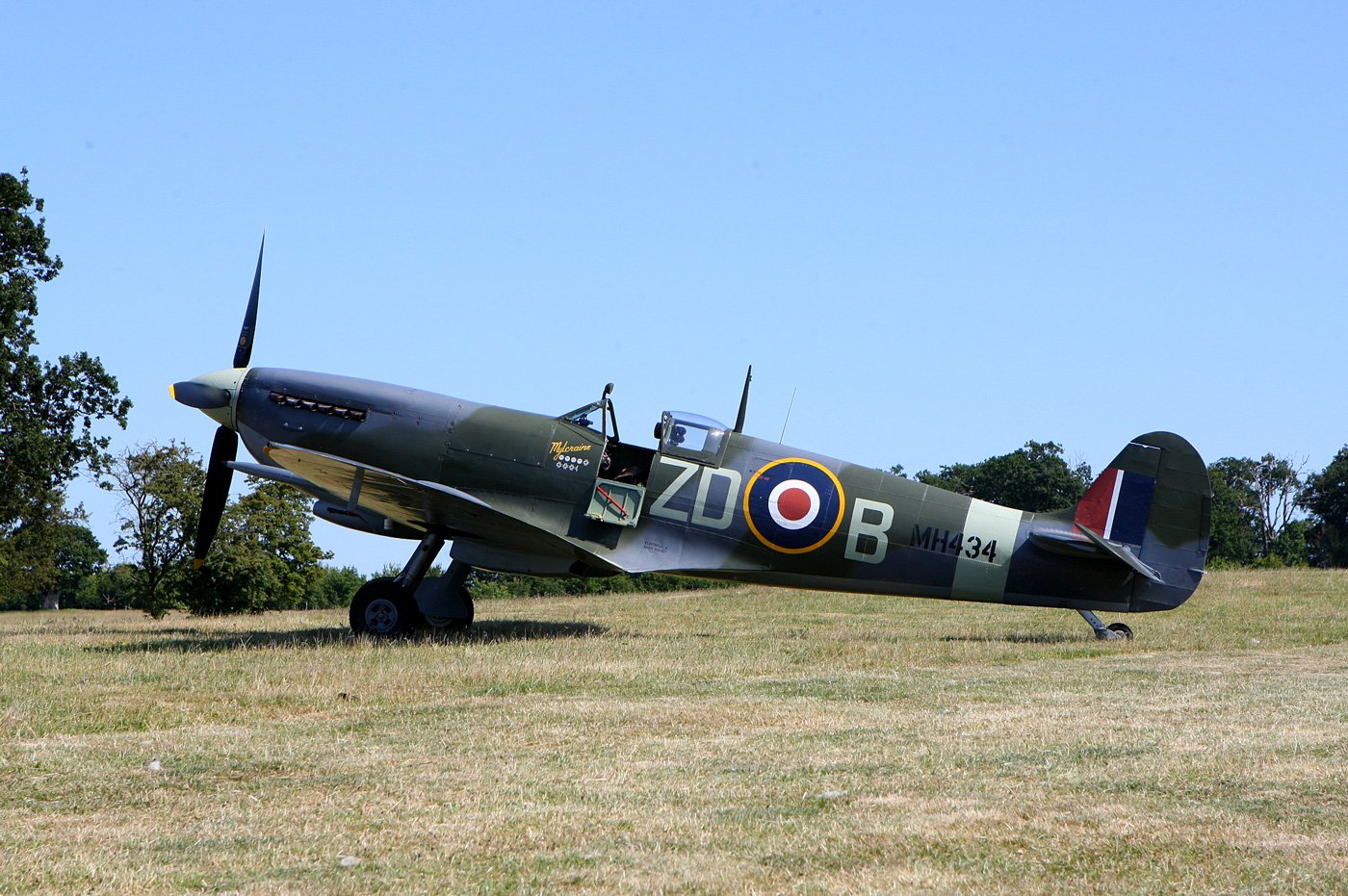
I doubt if you need to be told that this is a Spitfire. Probably the most famous Spitfire left flying in the world today. MH434, a MKIXB was built at Castle Bromwich in 1943, was probably air tested initially by Alex Henshaw, then allocated to 222 Squadron and flown by South African pilot Flt Ltd Henry Lardner Burke DFC (1916 – 1970). Lardner Burke ended the war with 7 and a half confirmed kills, 3 FW190s and a BF109G being scored in MH434. In 1944 MH434 was transferred to 350 Squadron at Hornchurch before returning back to 222 Squadron. MH434 was finally retired in March 1945 after flying 79 sorties. Purchased by the Royal Netherlands air force in 1947 MH434 as H-105 would see service in the Far East, mainly on ground strafing and light bombing missions before crashing in Semerang Java. After spending time in storage MH434 was repaired and was flying in Holland by 1953. The Belgium air force then purchased MH434 and she served as SM-41 at the Advance Pilot school at Koksijde, and with 13 wing at Brustem. On the 26th March 1956 she was put up for sale and brought back to Britain by airline pilot Tim Davis. Registered as G-ASJV she was fully overhauled and then flown for pleasure but also took part in her first movie roll, ‘Operation Crossbow’. In November of 1967 she joined the flying cast of the motion picture ‘The Battle of Britain’. In 1968 Sir Adrian Swire, the chairman of Cathy Pacific Airways bought her and then had her painted in the correct camouflage with his initials AC-S as the squadron codes. She them starred in several movies and TV shows including ‘A Bridge Too Far’. Ray Hanna first flew her in 1970 forming a lifelong partnership before finally purchasing her in 1983. She now flies in the correct 222 Squadron codes ZD-B.
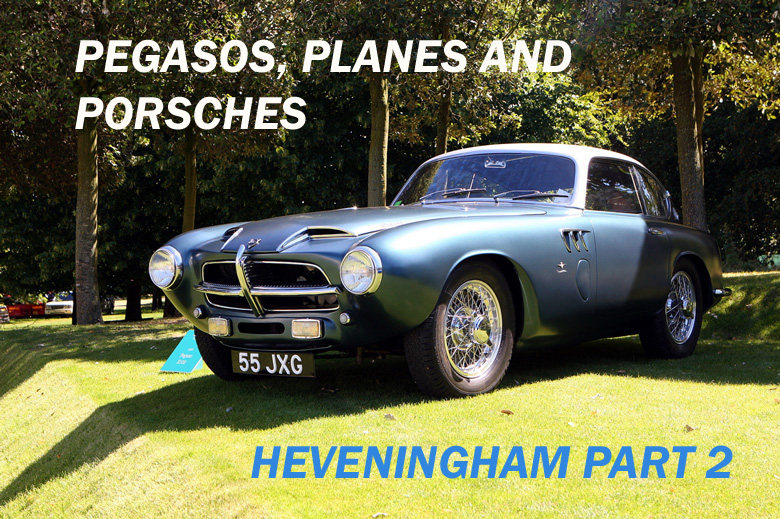
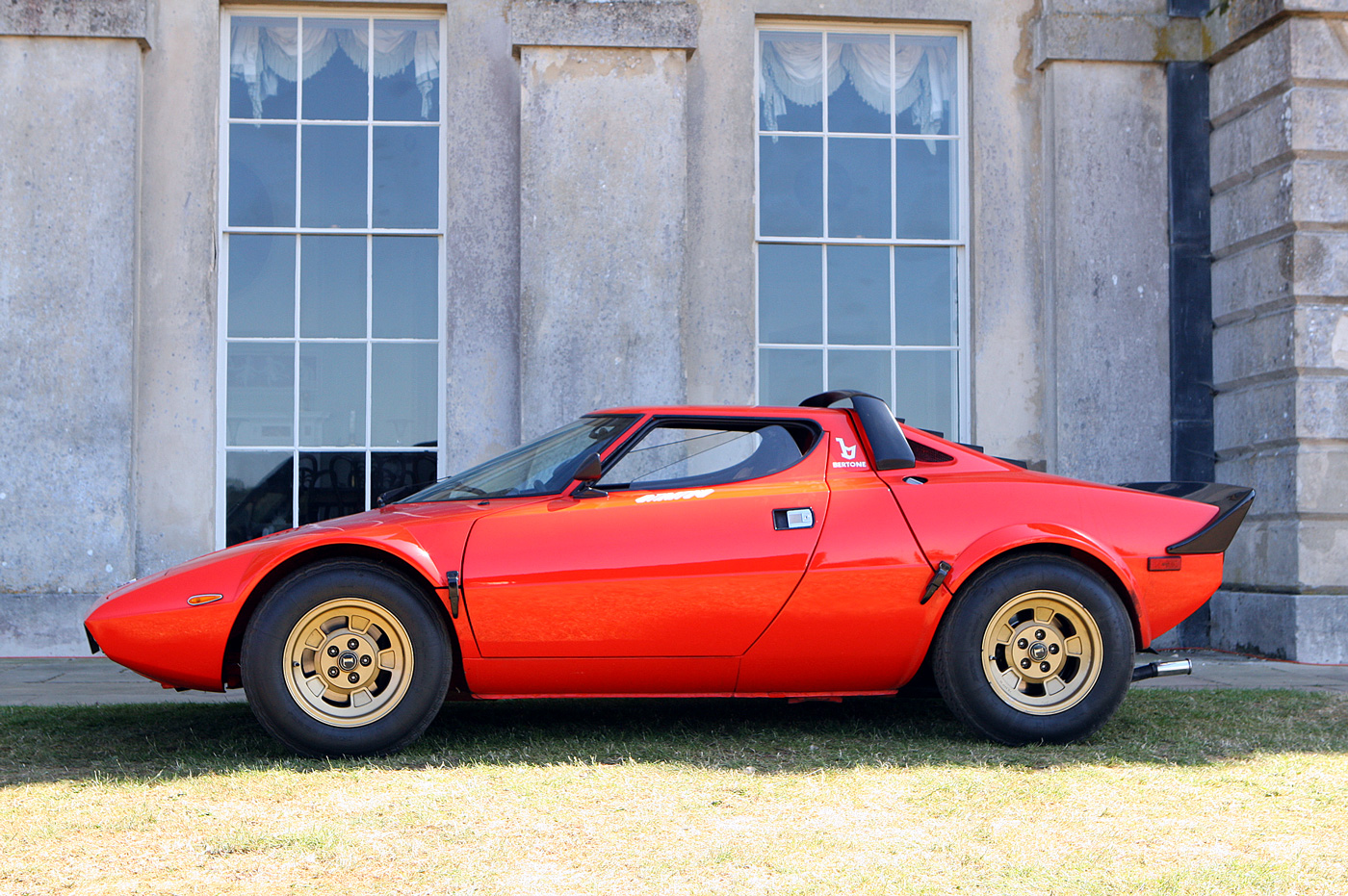
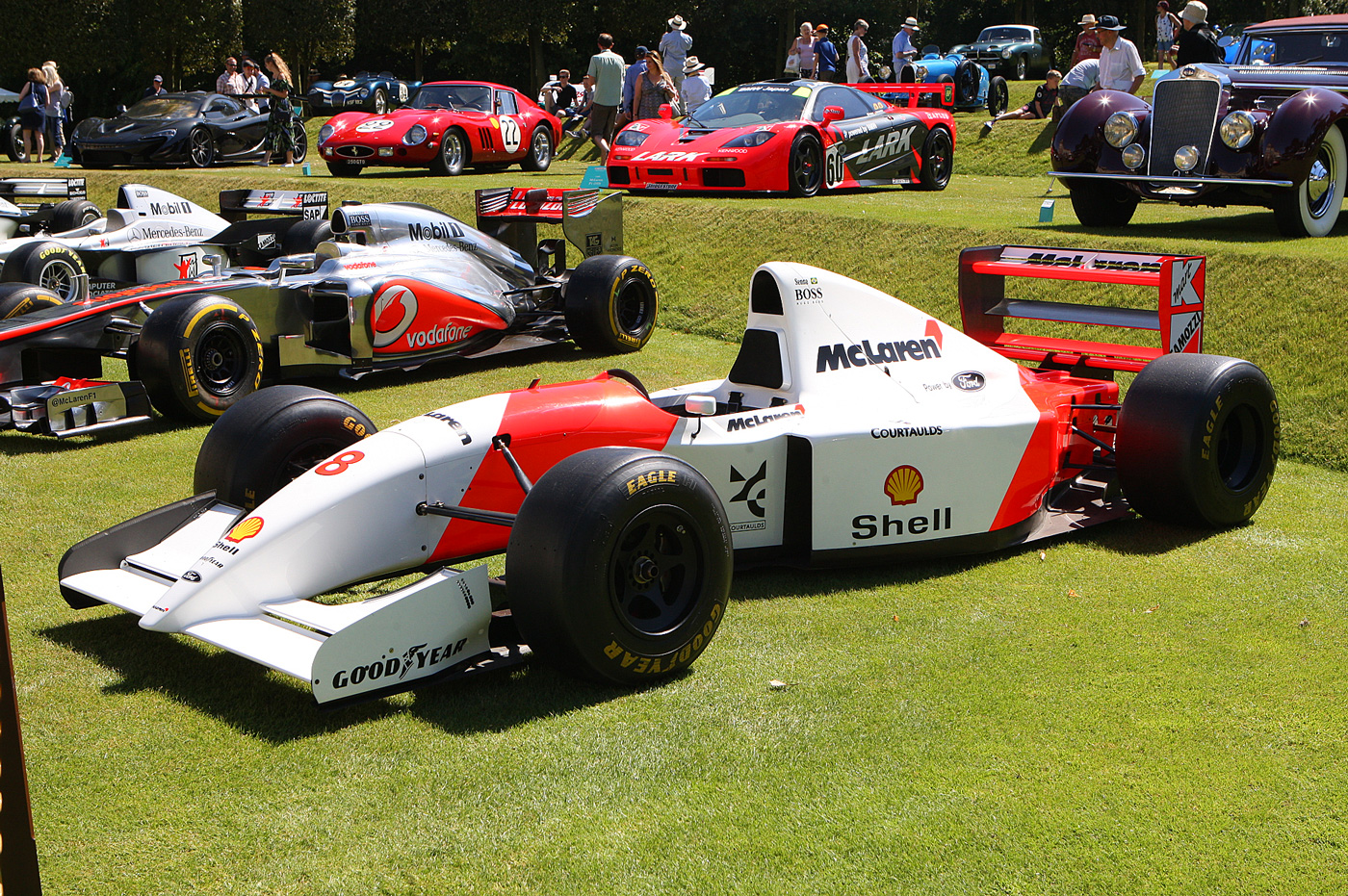

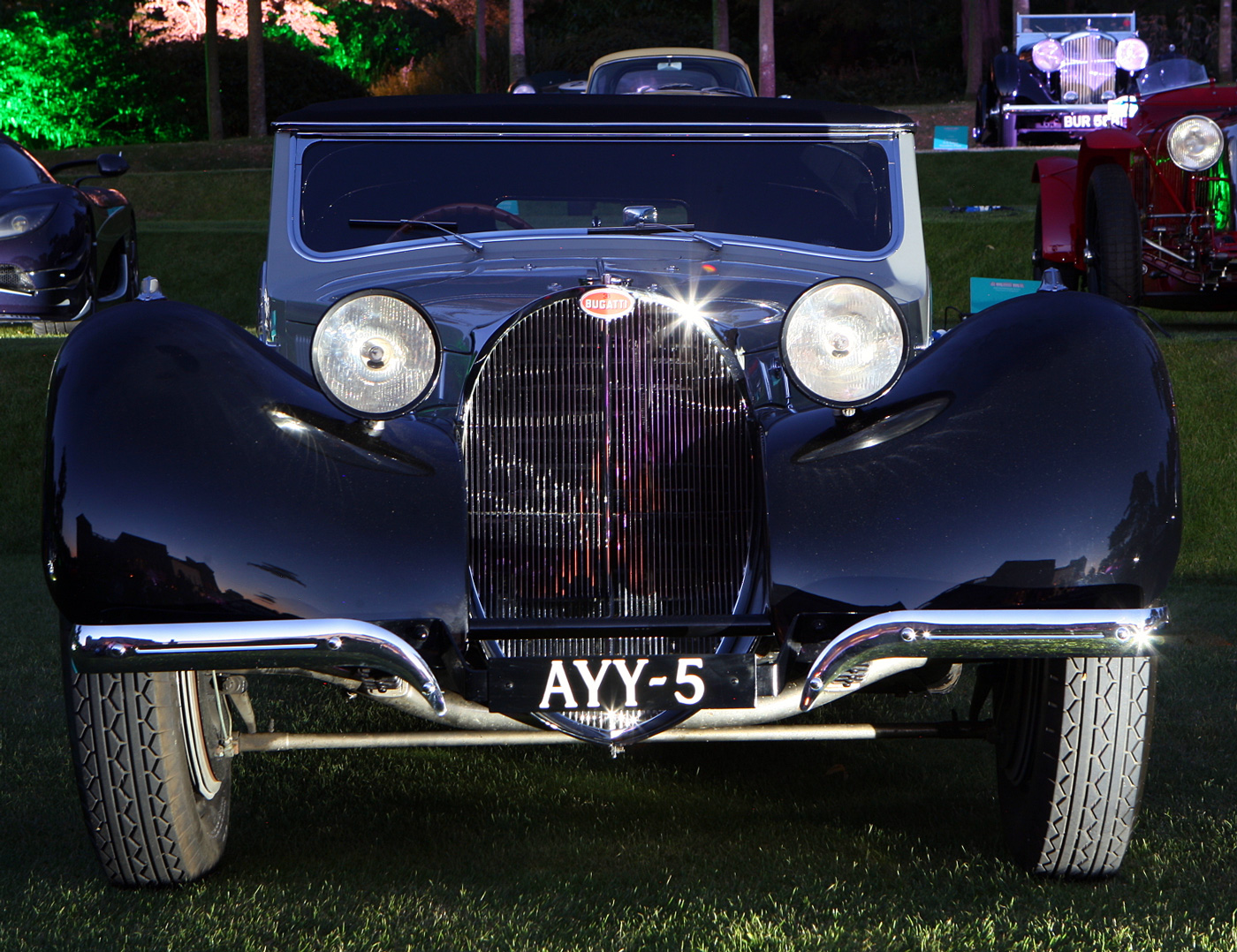
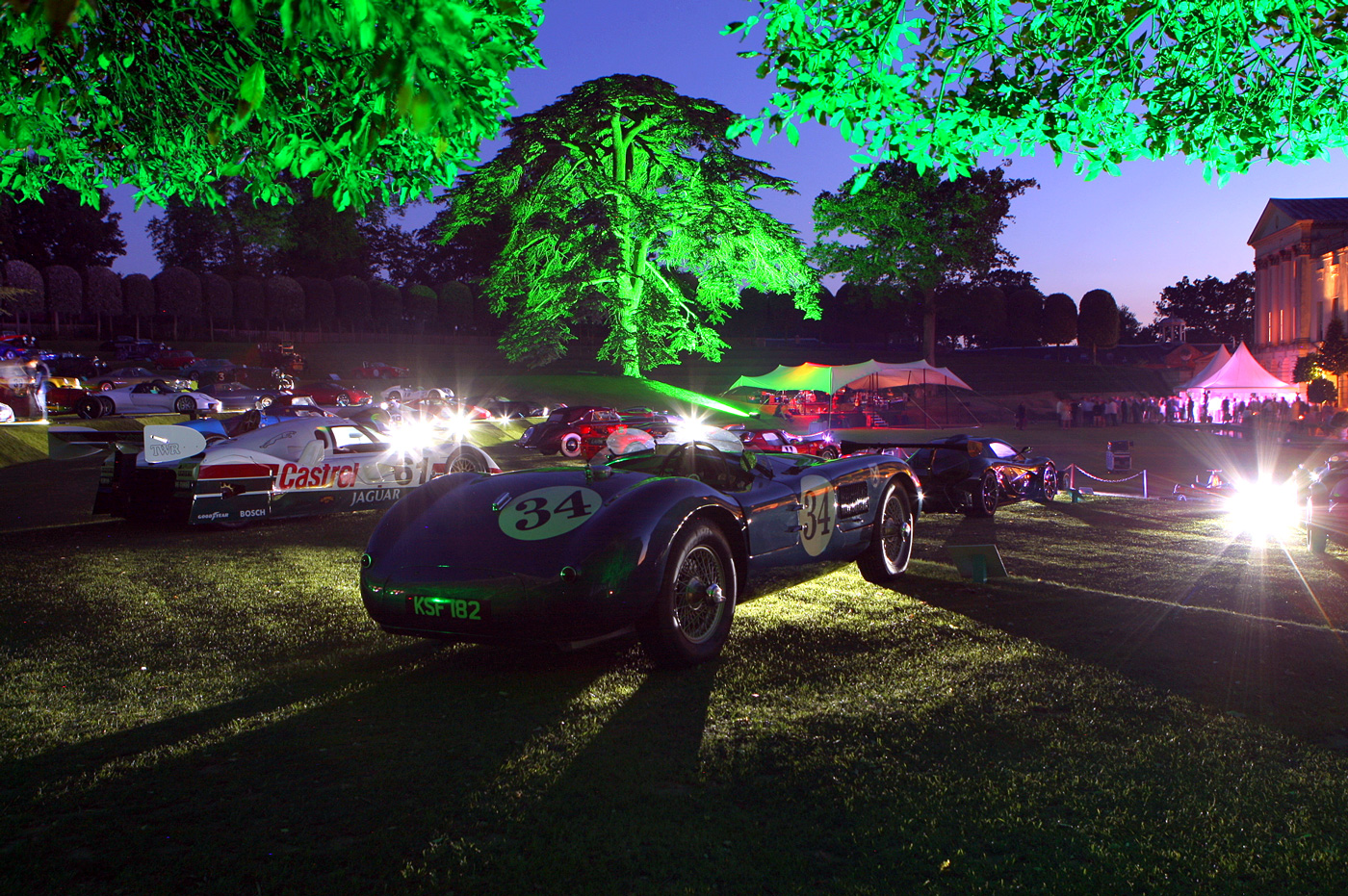
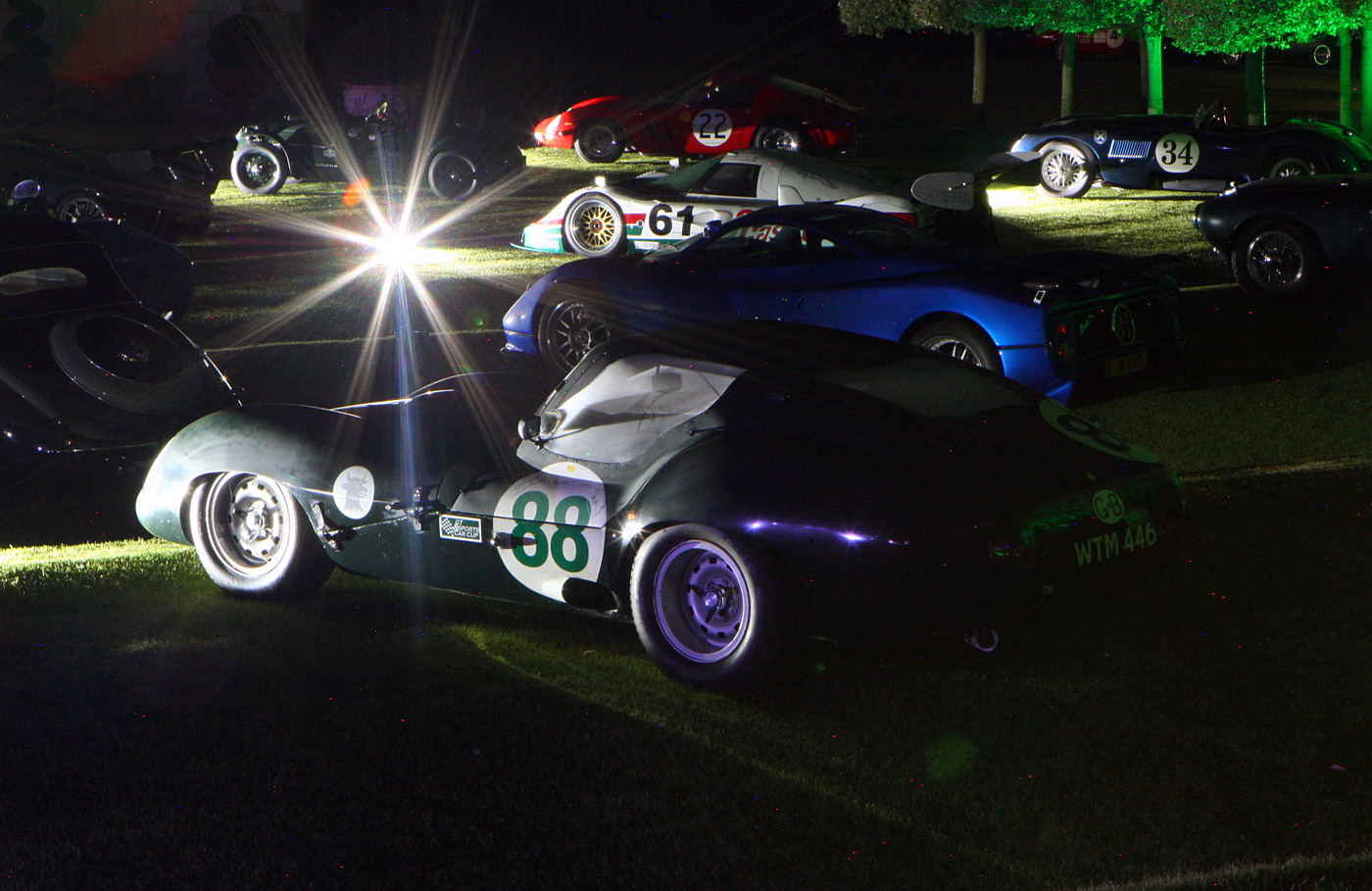
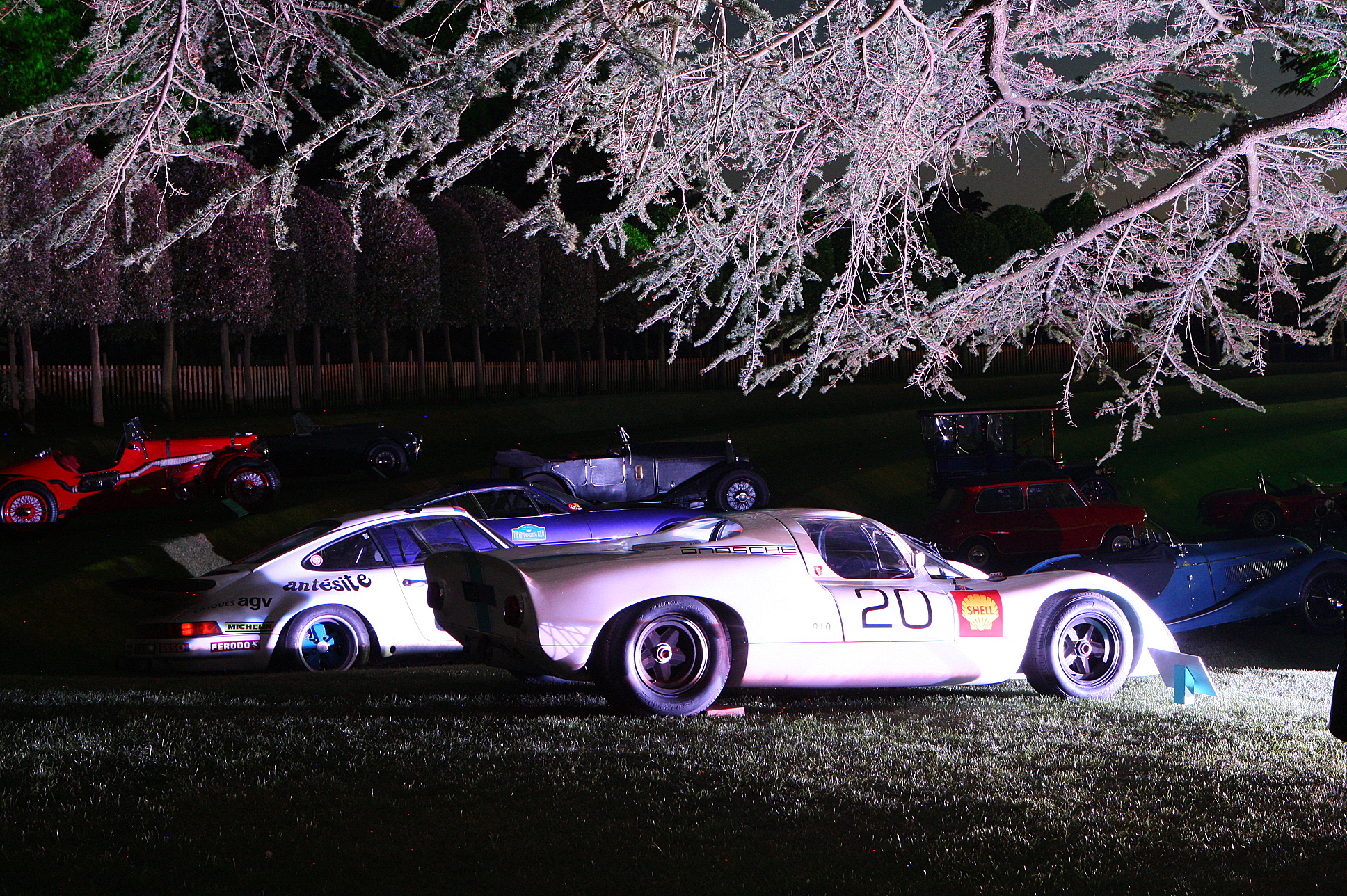
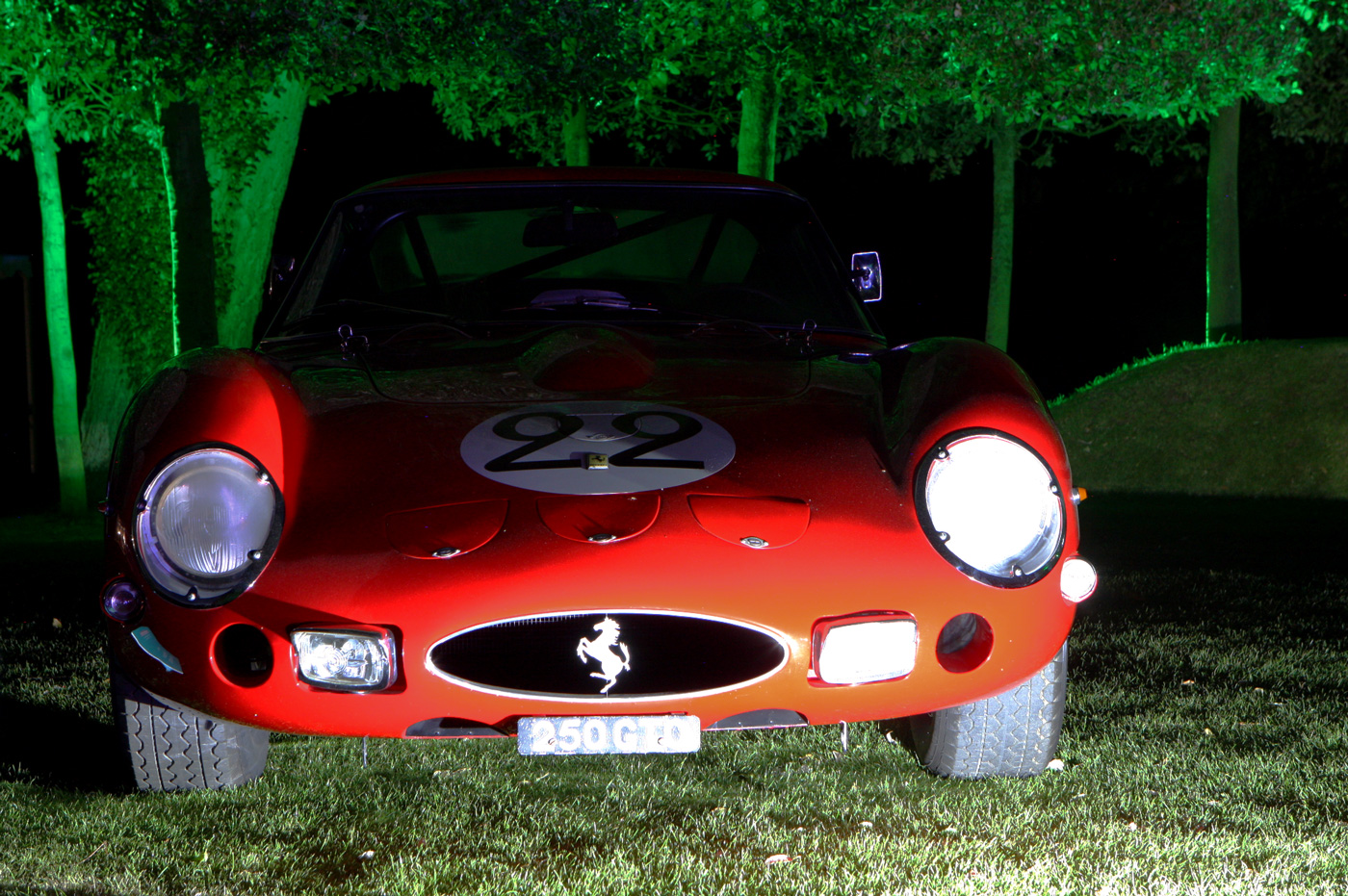
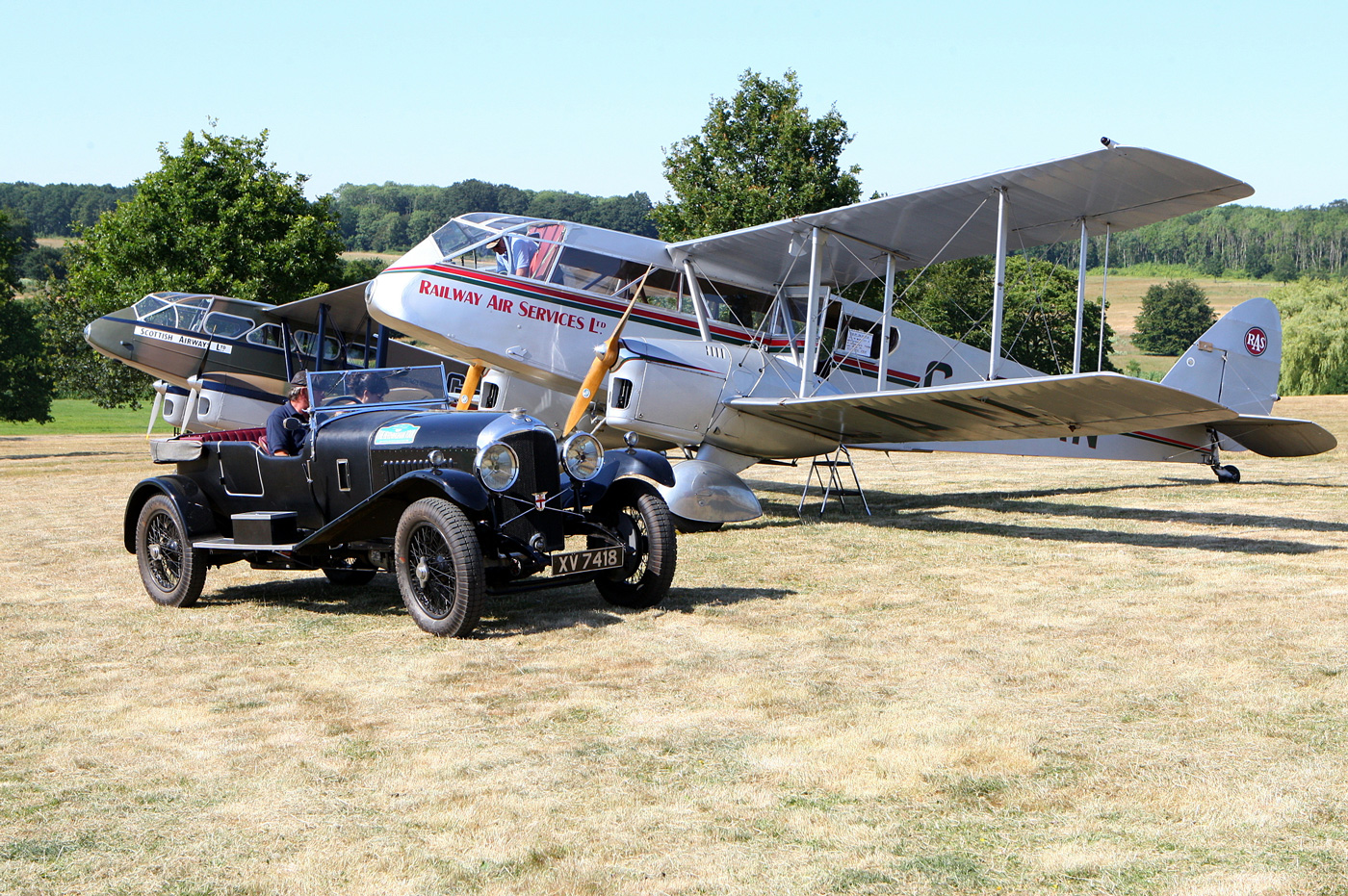
MH434 was not ‘probably’, but definitely, test flown by the legendary Alex Henshaw. Nice piece though!